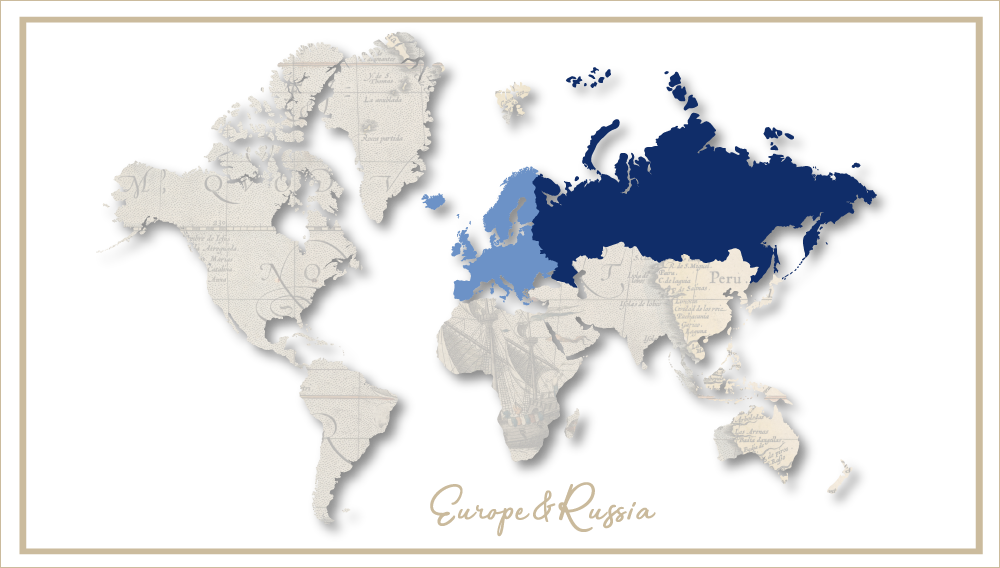Craft breweries make alpine country rank 4th in Europe
It’s a record of sorts. Who would have thought that, with 740 breweries in December 2016, Switzerland ranks 4th behind the UK (1,880), Germany (1,400) and France (793) and ahead of Italy (688)? For a country of only 8 million people, that’s a huge number of breweries. Statistically that’s one brewery per 11,000 inhabitants. In comparison the US has only one brewery per 64,000 people. However, most Swiss breweries would be very small indeed as 99 percent of all beer is produced by 49 breweries with an output in excess of 1,000 hl.
The market is a duopoly by Carlsberg (40 percent) and Heineken (20 percent) with official imports having a market share of over 20 percent, it was reported.
Paradoxically, the number of breweries has gone up even as beer consumption has declined. In 2016 alone, over 120 small breweries set up shop. To be counted, all you need to do is to brew 400 litres (!) beer per year. That’s the cut-off rate for excise. If you produce less you don’t pay any.
Switzerland takes great pride in its liberal approach to setting up a business. The barriers to entry are low. No training as a brewer is required for starting up a brewery.
Although Switzerland has seen the image of beer transformed from a blue collar tipple to a cool tipple – until the early 1990s Swiss brewers had contracts with construction firms to provide builders with a cold one during their breaks – this did not help overall beer sales.
According to data issued by the Swiss Brewers Association, per capita beer consumption in 2016 declined to 55 litres. In the 12 months to September 2016, consumption dropped 0.6 percent, production 0.7 percent and imports 0.3 percent. In total Swiss beer consumption was 4.6 million hl in 2016. In terms of styles, lager beer represents 80 percent of sales and wheat beer 10 percent.
What the association did not take into account in its statistics are personal imports of beer. They could be huge since many Swiss people do not live far from Germany and the differences in prices between Switzerland and Germany are significant. Consider this: why spend CHF 24 (EUR 22.40) on 10 litres of a Swiss lager brand like Feldschlösschen (Carlsberg), if you can get the same volume of any German pils brand across the border for under EUR 10 when on offer (which they are nearly all the time).
Surely, many Swiss consumers stock up on beer when doing their weekend shopping in Germany. German customs authorities said that in 2015 Swiss shoppers handed in over 17 million receipts to reclaim the VAT on their purchases, up from 11 million in 2011.
The German city of Konstanz on Lake Constance, which has suffered most from the weekly influx of Swiss shoppers as it caused endless traffic jams, in 2014 pulled the brake. It closed one of its three border crossings with Switzerland for cars. Additionally, in December 2016 the municipality urged Swiss neighbours to come to Konstanz by bike, bus or train instead. How many heeded this advice is unclear. After all, it’s hard to transport a 20 bottle crate of beer on a bike.


